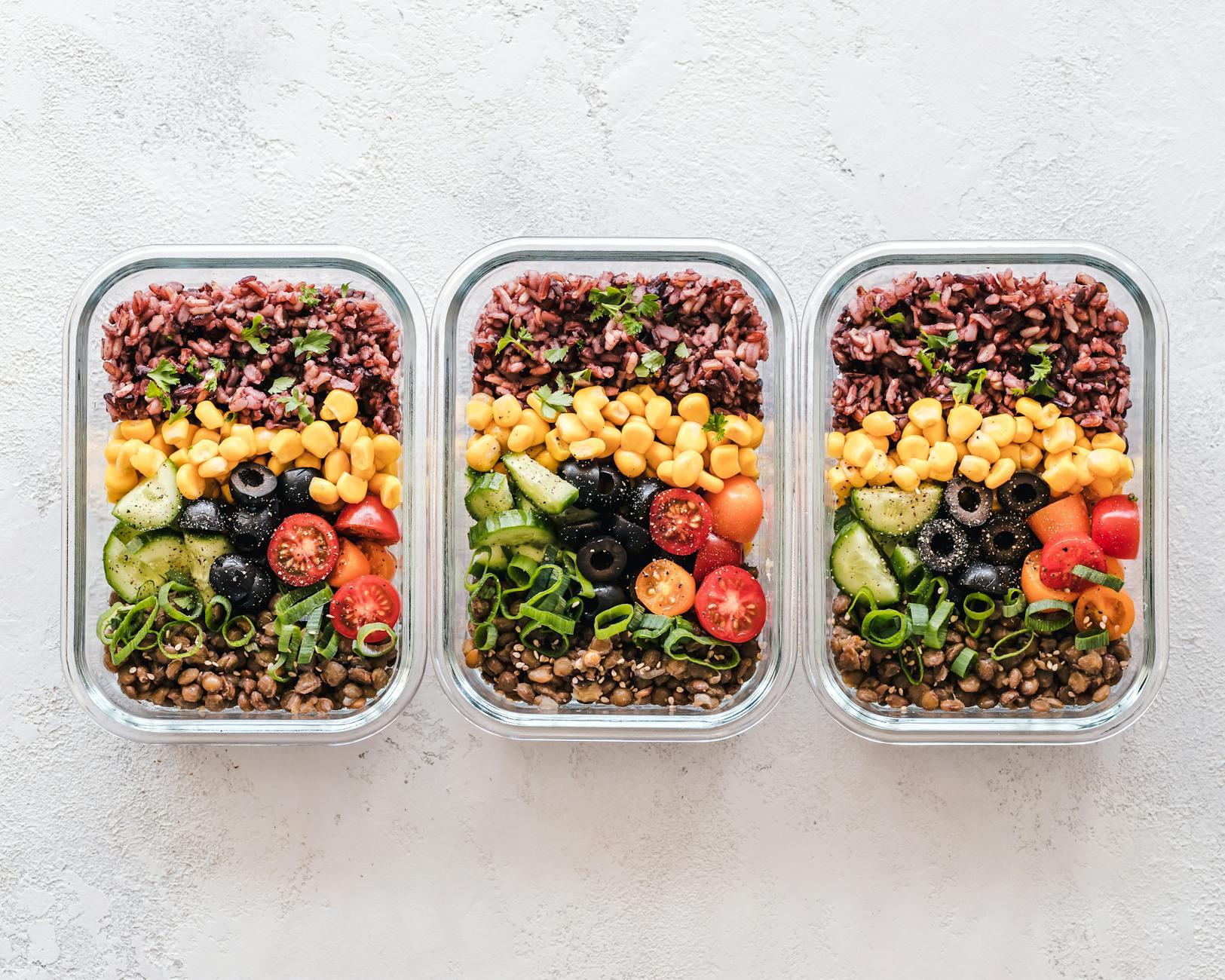Disclosure:
Thank you for reading this post, don't forget to subscribe!
Some of the links on this website are affiliate links. This means that if you click on the link and make a purchase, we may receive a small commission at no extra cost to you. Your support helps us keep the site running.Learn more on my Privacy Policy and Affiliate Disclosure page. Thank you for your support!

In today’s fast-paced world, maintaining a consistent wellness routine can be challenging. However, building a personalized wellness routine that sticks is essential for long-term health and well-being. This guide will provide you with practical tips and unique insights to help you create a sustainable wellness plan tailored to your needs.
Understanding Wellness
Wellness is a holistic approach to health that encompasses physical, mental, and emotional well-being. It involves making conscious choices to lead a balanced and fulfilling life. A personalized wellness routine considers your unique preferences, lifestyle, and goals, ensuring that you stay motivated and committed.
Assess Your Current Lifestyle
Before you can build a personalized wellness routine, it’s important to assess your current lifestyle. Take note of your daily habits, diet, exercise routine, sleep patterns, and stress levels. Identifying areas that need improvement will help you set realistic and achievable goals.
Learn more about our post on Mindful Eating Tips and The Benefits of Intermittent Fasting for Weight Loss.
read next:
Set Clear and Realistic Goals
Setting clear and realistic goals is crucial for creating a wellness routine that sticks. Your goals should be specific, measurable, achievable, relevant, and time-bound (SMART). For example, instead of setting a vague goal like “exercise more,” aim for “exercise for 30 minutes, three times a week.”
Create a Balanced Routine
A balanced wellness routine includes various aspects of health, such as physical activity, nutrition, mental well-being, and self-care. Here are some key components to consider:
1. Physical Activity
Regular physical activity is essential for maintaining good health. Choose activities that you enjoy and that fit into your schedule. This could include walking, running, yoga, strength training, or dancing. Aim for at least 150 minutes of moderate-intensity exercise per week.
2. Nutrition

A balanced diet provides the nutrients your body needs to function effectively. Focus on consuming a variety of whole foods, including fruits, vegetables, whole grains, lean proteins, and healthy fats. Avoid processed foods and sugary drinks.
3. Mental Well-Being
Mental well-being is just as important as physical health. Incorporate practices like meditation, mindfulness, journaling, and deep breathing exercises into your routine. These activities can help reduce stress and improve mental clarity.
4. Self-Care
Self-care involves taking time to relax and recharge. This could include activities like reading, taking a bath, spending time in nature, or practicing a hobby. Prioritize self-care to prevent burnout and maintain a positive outlook.
Check out on American Psychological Association – The Importance of Self-Care.
Stay Flexible and Adaptable
Life is unpredictable, and your wellness routine should be flexible enough to accommodate changes. If you miss a workout or indulge in an unhealthy meal, don’t be too hard on yourself. Adjust your routine as needed and focus on consistency rather than perfection.
Track Your Progress
Tracking your progress can help you stay motivated and accountable. Use a journal, app, or planner to record your activities, meals, and how you feel each day. Reflecting on your progress can help you identify patterns and make necessary adjustments.
Seek Support and Accountability

Having a support system can make a significant difference in sticking to your wellness routine. Share your goals with friends, family, or a wellness coach. Join online communities or local groups with similar interests to stay motivated and inspired.
External Link: Mayo Clinic – The Role of Social Support in Wellness
Overcoming Common Barriers
Building a wellness routine can be challenging due to various barriers. Here are some strategies to overcome common obstacles:
1. Time Constraints
If you have a busy schedule, find ways to incorporate wellness activities into your daily routine. This could include taking short walks during breaks, preparing healthy meals in advance, or practicing mindfulness exercises before bed.
2. Lack of Motivation
Staying motivated can be difficult, especially when progress is slow. Set small, achievable goals and celebrate your successes. Remind yourself of the benefits of your wellness routine and how it positively impacts your life.
3. Financial Constraints
Wellness doesn’t have to be expensive. Look for free or low-cost activities, such as home workouts, community events, or online resources. Prioritize spending on essentials like nutritious food and basic exercise equipment.
explore more:
Take Action for Your Health
Building a personalized wellness routine that sticks requires commitment, flexibility, and self-awareness. By setting clear goals, creating a balanced routine, and staying adaptable, you can achieve long-term health and well-being. Reflect on what you’ve learned, take actionable steps towards a healthier lifestyle, and share this post to inspire others on their wellness journ
more about:
HEALTH / WELLNESS / FITNESS / NUTRITION
share this article













